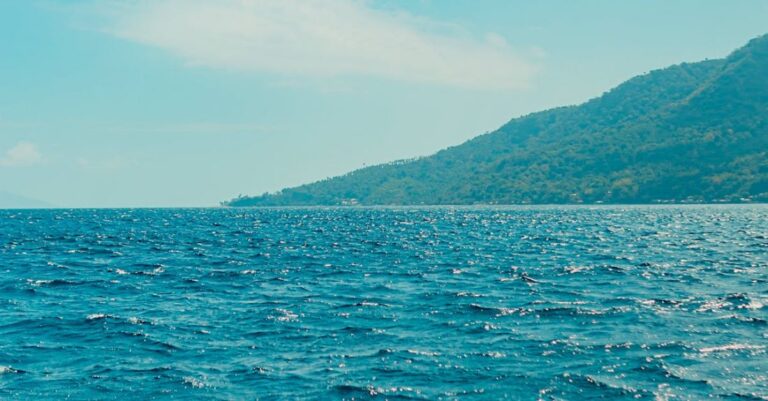
The Galapagos Islands, located in the Pacific Ocean, are a unique and biodiverse ecosystem that is home to a wide range of marine life. The marine animals that inhabit the waters surrounding the islands have evolved and adapted to the challenging environment in order to survive and thrive. From the iconic Galapagos sea lions to the magnificent whale sharks, each species has developed specific adaptations that allow them to navigate the waters of this remote archipelago. Let’s explore how marine life adapts to the Galapagos environment.
**Varying water temperatures**
One of the key challenges that marine life in the Galapagos faces is the varying water temperatures in the region. The islands experience a complex system of ocean currents that bring cold water from the south and warm water from the north. Marine animals have adapted to these temperature fluctuations by developing mechanisms to regulate their body temperature. For example, sea lions have a thick layer of blubber that helps them stay warm in cold waters, while species like the Galapagos penguin have evolved to have a reduced body size to minimize heat loss in cooler waters.
**Unique feeding strategies**
The marine life in the Galapagos has also developed unique feeding strategies to take advantage of the abundance of food sources in the region. For example, marine iguanas, found only in the Galapagos, have adapted to feed on algae by diving deep into the ocean to graze on underwater plants. Similarly, the Galapagos green sea turtle has evolved a specialized jaw structure that allows it to feed on seagrasses and algae found in the waters around the islands.
**Navigating ocean currents**
Ocean currents play a crucial role in shaping the marine environment of the Galapagos Islands. Marine animals have adapted to these currents by developing specialized swimming techniques that allow them to navigate the waters efficiently. For example, hammerhead sharks are known for their unique head shape, which allows them to detect electrical signals in the water and navigate the complex ocean currents of the Galapagos. Other species, like the marine iguana, have developed strong limbs and tails that help them swim against strong currents to reach feeding grounds.
**Surviving in remote habitats**
The remote location of the Galapagos Islands presents a challenge for marine life in terms of finding suitable habitats for breeding and nesting. Many species have adapted to these challenges by developing unique behaviors and reproductive strategies. For example, the waved albatross, a seabird found in the Galapagos, has evolved to breed exclusively on the islands, traveling thousands of miles to return to the same nesting sites year after year. Marine animals like the Galapagos fur seal have also adapted to the rocky shorelines of the islands, using caves and crevices as sheltered spots for breeding and resting.
**Conservation challenges**
Despite the incredible adaptations of marine life in the Galapagos, human activities pose a significant threat to the delicate ecosystem of the islands. Climate change, overfishing, pollution, and habitat destruction all put pressure on the marine animals that call the Galapagos home. Conservation efforts are crucial to protect the unique biodiversity of the region and ensure the survival of these incredible species for future generations.
In conclusion, the marine life in the Galapagos Islands has evolved and adapted to the challenging environment of this remote archipelago. From regulating body temperature to developing unique feeding strategies and navigating ocean currents, the animals that inhabit the waters surrounding the islands have developed remarkable adaptations to survive and thrive in this unique ecosystem. Conservation efforts are essential to protect the diverse marine life of the Galapagos and ensure the long-term sustainability of this extraordinary natural wonder.





